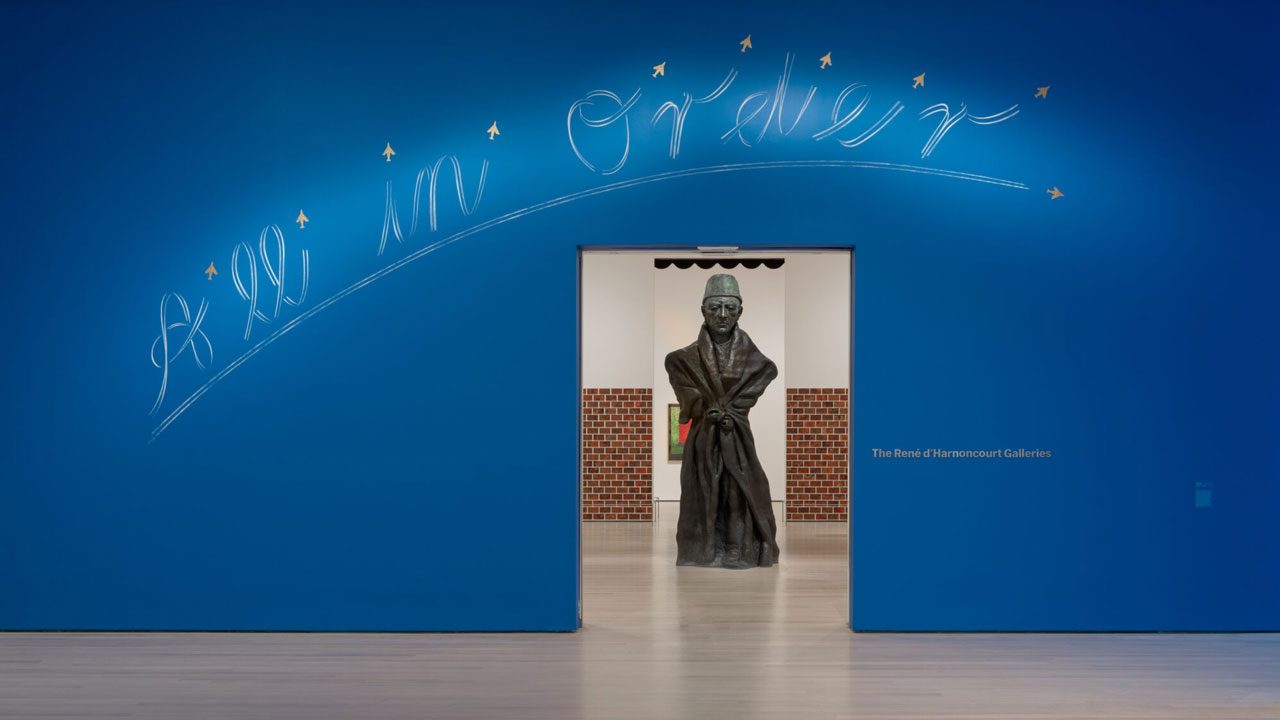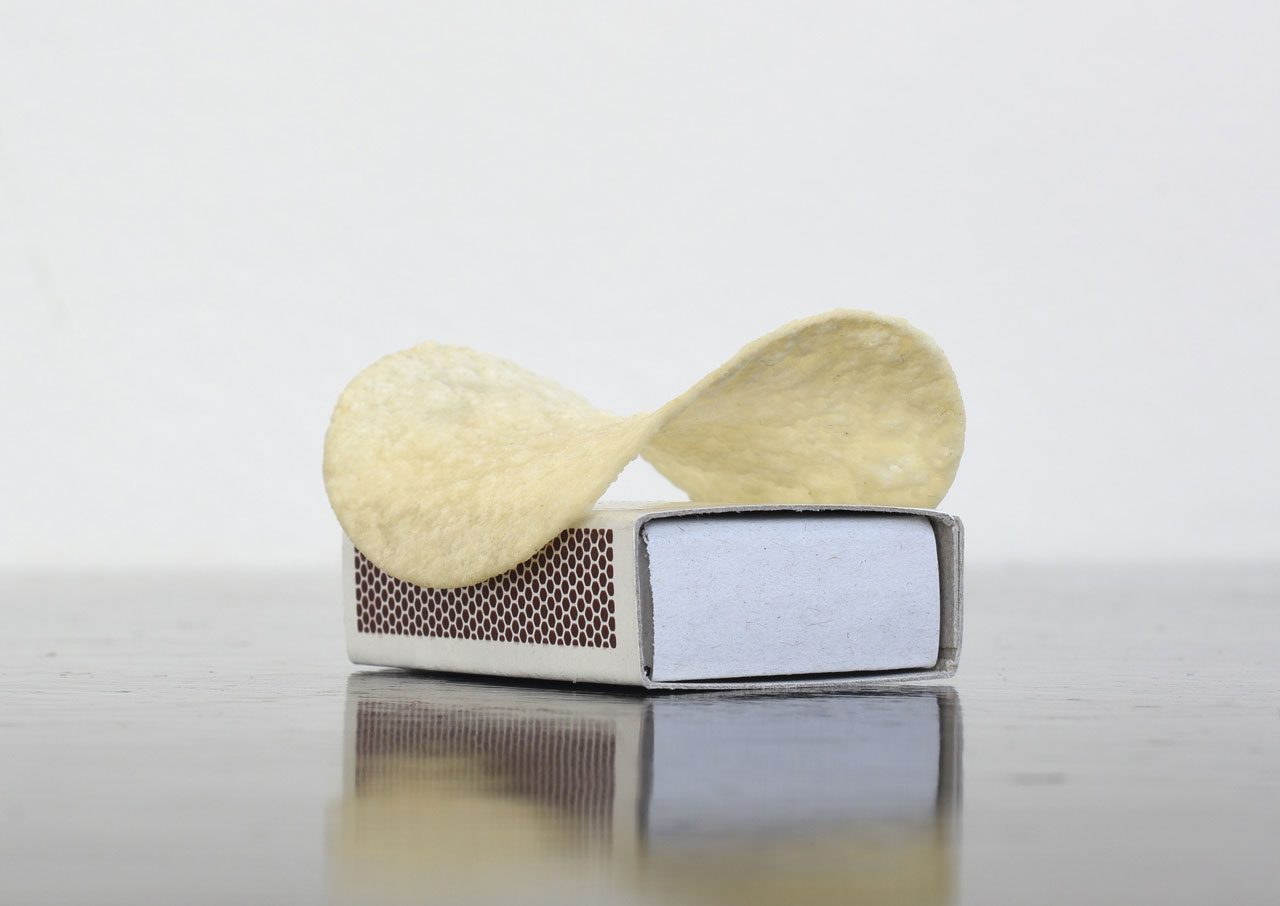PRESENTATION: Thomas Schütte, Part II
 Thomas Schütte’s early work offered a critique of then-dominant Minimalist and Conceptual art while deeply engaging with cultural and historical content. Schütte’s two-pronged approach considers both the short and long histories of art and embeds them within broader narratives, resulting in a body of work that is both visually and conceptually arresting (Part I).
Thomas Schütte’s early work offered a critique of then-dominant Minimalist and Conceptual art while deeply engaging with cultural and historical content. Schütte’s two-pronged approach considers both the short and long histories of art and embeds them within broader narratives, resulting in a body of work that is both visually and conceptually arresting (Part I).
By Dimitris Lempesis
Photo: MoMA Archive
The first museum survey of Thomas Schütte’s work in the United States in over 20 years, brings together over 100 works spanning five decades, and examines his artistic production across multiple disciplines. In 1978, Schütte painted the phrase “Alles in Ordnung”—which translates to “all in order” or “everything’s okay”—on the wall of a friend’s apartment. He made a subsequent version in 1981, which the painting on view here closely resembles. Schütte originally borrowed the expression from Jean-Luc Godard and Jean-Pierre Gorin’s film “Tout va bien” (1972), set in the aftermath of the May 1968 leftist revolutions. In one scene, striking factory workers paint their company’s offices blue while they hold their manager hostage. Here, Schütte uses a similar sky-blue color, over which he depicts letters as loopy contrails—but if jets are delivering a message from above that everything’s okay, chances are they are not. The genesis of many of Schütte’s earliest works can be traced back to ideas prompted during his 1972 visit to Documenta, an exhibition that occurs every five years in Kassel, Germany. There, a seventeen-year-old Schütte learned of photorealism, Minimalism, and Conceptualism for the first time. Works by artists like Daniel Buren made a lasting impression on him, particularly Buren’s striped installations that clad the walls of the exhibition spaces. This encounter left Schütte with questions: Is this painting or wallpaper, and what, exactly, is the difference? Schütte’s “Großer Tapeten” makes a nod to Buren, but its curling edges and flaking paint reckon with the concepts of impermanence and deterioration. Since antiquity, nation states have used monumental figurative sculpture to convey authority, stability, glory, and heroism, thereby conferring status to ruling parties—whether dictators, monarchs, or democratically elected leaders. In “Vater Staat”, Schütte critiques both authoritarian state power and the role that art has played in reinforcing it. The towering demagogue is severe, but also vulnerably frail—he is bound by his garments in a way that suggests he may have no body at all. Schütte produced “Amerika” over the course of five days in a hallway of the Kunstakademie Düsseldorf, in view of passersby. He diligently recorded his labor and materials in a log: thirty-one hours and twenty-five pencils by the drawing’s completion. In this process-based work, the solid graphite square is buckled and pocked from the pressures of Schütte’s hand. He titled “Amerika” after the name of the pencils he used, a seemingly banal gesture that implicates a wider geopolitical context. The sweeping reach of US imperialism was acutely visible at the time, exemplified by the Vietnam War, which came to an end in 1975, the year this drawing was made. “AMERICA is a trigger word, an irritation, an intentionally created ambiguity to provoke questions!” the artist wrote. The first figurative sculpture that Schütte attempted was a man made out of wax, no bigger than a handheld toy. Unable to get it to stand on its feet, Schütte resigned to submerging the figure in additional wax up to its knees. It was a technical solution to a material problem, but also a powerful visual metaphor—an allegory of the immobility of the artist, modernism, or even society. In June 1992, Schütte traveled to Rome to participate in a residency at the Deutsche Akademie Rom Villa Massimo for six months. While there, he made dozens of little puppets that would become the “United Enemies” series. Schütte sculpted the heads by hand from modeling clay, spending no longer than an hour on each. He then used scraps of his own clothes or other found materials to dress the figures and bound them in pairs. Akin to scientific specimens preserved under glass, the diminutive adversaries are studies in human moods, impulses, and affects. Massive reconstruction efforts took place in East and West Germany in the 1970s and ’80s in the wake of World War II and amid the ongoing Cold War. On both sides of the Iron Curtain, governments commissioned civic monuments designed to promulgate triumphalist nation-building narratives. In “Großer Respekt”, Schütte satirizes the formulaic logic of the tradition: the bigger the monument, the greater its importance, no matter how compromised its protagonists may be. The figures of Schütte’s “Krieger” are saber-rattling militants. Although they stand at nearly ten feet tall, whatever strength their stature may convey is compromised by Schütte. He capped each head with screw-top bottle lids, so that these “warriors” appear more like dunces or clowns. Carved from wood, the knotted, disproportionate bodies resemble the callused burls of a tree. Thus diminished, these figures can be understood as farcical depictions and moral anecdotes on war. “Schutzraum” was Schütte’s first full-scale architectural model, originally commissioned for an outdoor exhibition in Arnhem, the Netherlands. Amid the growing threat of atomic annihilation across Europe, Schütte based the shape of this bunker-like structure on omega, the final letter of the Greek alphabet—and thus a harbinger of the end. Any promise of safety that this shelter might have offered was thwarted: the door was locked shut. Two months before the exhibition opened, the Chernobyl Nuclear Power Plant in Pripyat, had a catastrophic meltdown, adding another layer of meaning to “Schutzraum”.
Photo: Installation view of Thomas Schütte, on view at The Museum of Modern Art, New York from September 29, 2024 through January 18, 2025. Photo: Jonathan Dorado
Info: Curator: Paulina Pobocha, Assistant Curator: Caitlin Chaisson, MoMA (Museum of Modern Art), 11 West 53 Street, Manhattan, New York, NY, USA, Duration: 29/9/2024-18/1/2025, Days & Hours: Mon-Fri & Sun 10:30-17:30, Sun 10:30-19:00, www.moma.org/






